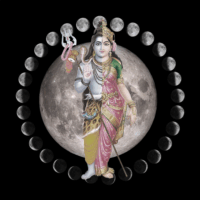 Durgā was first Ardhanārīśvara when evolving from Paramaśiva. Her first state as śakti was the form Satī. This is the sattva-guṇa incarnation of the devī. The Sanskrit letters came from the sounds of the 54 parts of Her body as they came down to earth when Viṣṇu used the sudarśana to cut Her. Later we discuss this in another post. Then there is Pārvatī, the rajas-guṇa incarnation and She went on to give birth to Gaṇeśa and Kārtikeya and this entire world. Then for the tamas-guṇa incarnations, one of the most powerful forms is Śāmbhavī from the kubjikā tantra.
Durgā was first Ardhanārīśvara when evolving from Paramaśiva. Her first state as śakti was the form Satī. This is the sattva-guṇa incarnation of the devī. The Sanskrit letters came from the sounds of the 54 parts of Her body as they came down to earth when Viṣṇu used the sudarśana to cut Her. Later we discuss this in another post. Then there is Pārvatī, the rajas-guṇa incarnation and She went on to give birth to Gaṇeśa and Kārtikeya and this entire world. Then for the tamas-guṇa incarnations, one of the most powerful forms is Śāmbhavī from the kubjikā tantra.
Śāmbhavī (शाम्भवी) and Śambhu refers to the pair of Goddess and God appearing in the third kalpa, according to the Kula-ratnoddyota.
The ninth adhyāya of the Kula-ratnoddyota opens with the goddess asking how the Kula tradition (kulāmnāya) will be worshipped along with its mantra and Vidyā and who will bring it down (avatāraka) into the world in the various kalpa. Śambhu explains that avatāraka is performed by incarnations or aspects of both as śiva-śakti in a partial form aṁśamātra.
Śambhu lists the names of the devī and her consort like Śāmbhavī—Śambhu in all the nineteen kalpa. In adhyāya 10 of Tantra-sadbhāva “She is called Umā and is endowed with every worldly benefit. Worship that goddess. She is like a mother who is always giving birth. O fair-faced one, having brought her down along with me into the midst of fettered souls (aṇu), O eternal one, she appeared in order to grace the worlds.
In the third kalpa she was Śāmbhavī, […]”.
Rājayoga
Śāmbhavī (शाम्भवी) is the deity representing the prasādājñā or “command of grace”, according to the Kubjikāmata tantra: the earliest popular and most authoritative Tantra of the Kubjikā cult. The knowledge of power (adhikārājñā) is the first one. The knowledge of grace (prasādājñā) is the second. If it is attained in due order along with the transmission duly transmitted from that time on one becomes a teacher. These two kinds or aspects of the knowledge (jña) are two śakti. Adhikārājñā is Rudra-śakti and prasādājñā is Śāmbhavī.
Adhikārājñā or Rudra-śakti, the knowledge of power, is really meant to remove impurity. The teacher, or sometimes the Rudra-Śambhu directly, transmits this to the aspirant by looking at him with the ‘Gaze of the Lion’ (siṁhāvalokana). A hallmark of the transmission, it is accordingly called the siṁhaśāsana [Teaching the Lion].
Paramparā Jyotiṣa
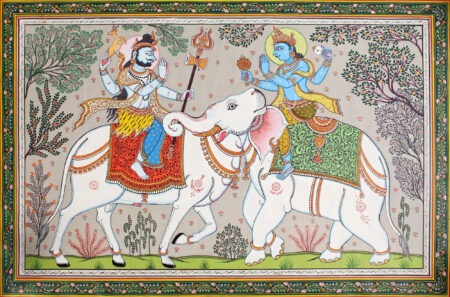 There are two tamas graha – Mars (agni) and Saturn (vāyu). This śambhu-śāmbhavī tantra vidyā is the domain of Mars, the celibate master.
There are two tamas graha – Mars (agni) and Saturn (vāyu). This śambhu-śāmbhavī tantra vidyā is the domain of Mars, the celibate master.
- siṁhāvalokana is the glance of the Lion (Hari, marked as Jupiter in kālachakra tantra). Jupiter as ‘Hari’ (and ‘Hara’ also in forms like dakṣiṇāmūrti) protects the southern gate (death, after-life journey) and ensures that the jīvātman lives for his entire longevity granted. The 22nd nakṣatra called Abhijit is this gate in the South Makara rāśi. In kālachakra daśā, siṁhāvalokana is the lions leap to a trine ⟁ trikoṇa dṛṣṭi. In Odisha this equation of Hari and Hara is called एकाकार Ekākara.
- siṁhāsana is the throne of the lion-king. It is a yoga formed by the lord of the South (10th house) when placed in lagna (jñāna) or second house (dhana).
The greatest teacher/practitioner of this is Śrī Kṛṣṇa who performed this tapasyā to overcome the infertility of his third wife Jāmbavatī. After severe tapasyā and austerities in the Himalaya, Śiva appeared and granted the grace. As promised Kṛṣṇa named the son Sāmba (from Śambhu) who is the author of the Sāmba Purāṇa.

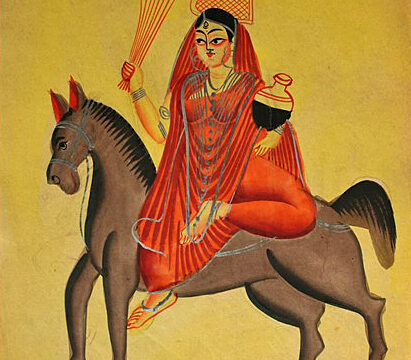
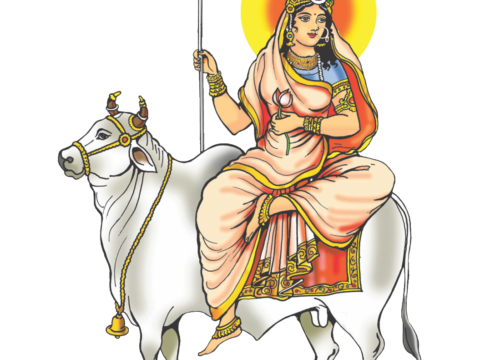
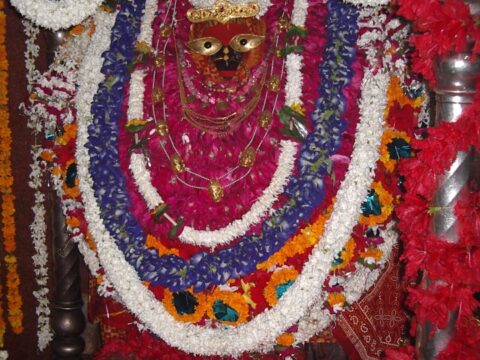

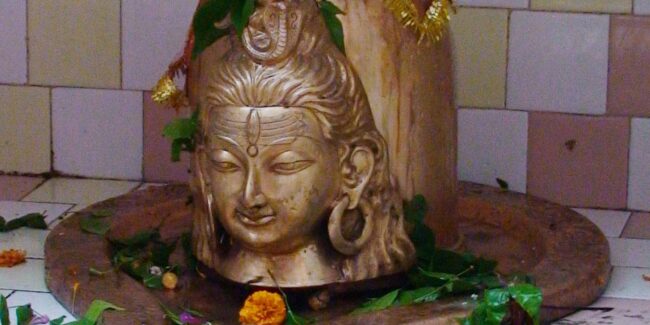

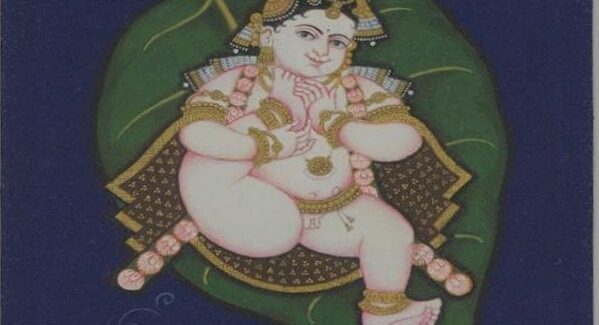
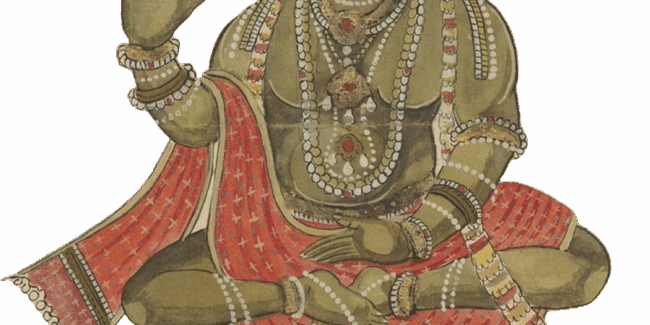
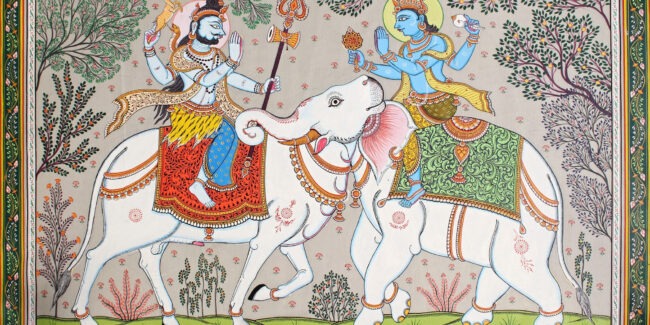
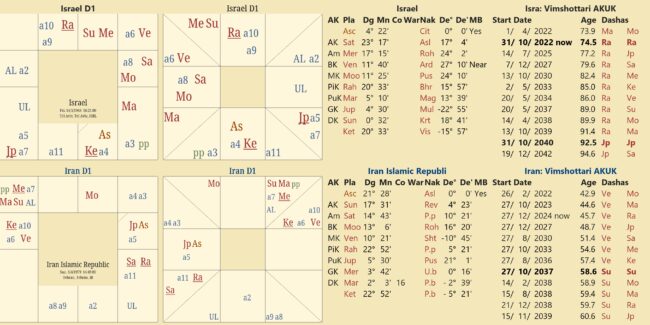

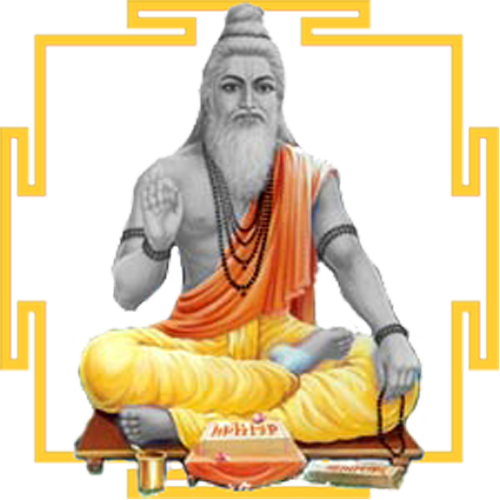 DBC offers online courses in jyotish (Vedic Astrology) taught directly by Sanjay Rath as per the tradition, through narrated power points and other audio tools. The courses are at different levels, from the beginners through the intermediate to the advanced and are known as SoHamsa | DBC courses, with individual classrooms and assistant teachers
DBC offers online courses in jyotish (Vedic Astrology) taught directly by Sanjay Rath as per the tradition, through narrated power points and other audio tools. The courses are at different levels, from the beginners through the intermediate to the advanced and are known as SoHamsa | DBC courses, with individual classrooms and assistant teachers
 Sagittarius Publications is the publisher and distributor the popular quaterly magazine the Jyotish Digest, as well as many thorough books on the subject of Vedic Astrology or Jyotish.
Sagittarius Publications is the publisher and distributor the popular quaterly magazine the Jyotish Digest, as well as many thorough books on the subject of Vedic Astrology or Jyotish. We have an excellent pandit Divākar ‘Deva’ Mishra, who is from the priests of Vindhyāvāsini Siddha Pīṭha to guide you through the hundreds of temples of Kāśi [Varanasi] and neighbouring regions. He can organise your pūjā, keep you safe and take care. He is supported by an English-speaking well-travelled spouse ‘Supriya Mishra’. Please contact them directly for any services, remedial pūjā and tours. They handled the 60+ member Kāśi Jyotiṣa Group 2022.
We have an excellent pandit Divākar ‘Deva’ Mishra, who is from the priests of Vindhyāvāsini Siddha Pīṭha to guide you through the hundreds of temples of Kāśi [Varanasi] and neighbouring regions. He can organise your pūjā, keep you safe and take care. He is supported by an English-speaking well-travelled spouse ‘Supriya Mishra’. Please contact them directly for any services, remedial pūjā and tours. They handled the 60+ member Kāśi Jyotiṣa Group 2022.